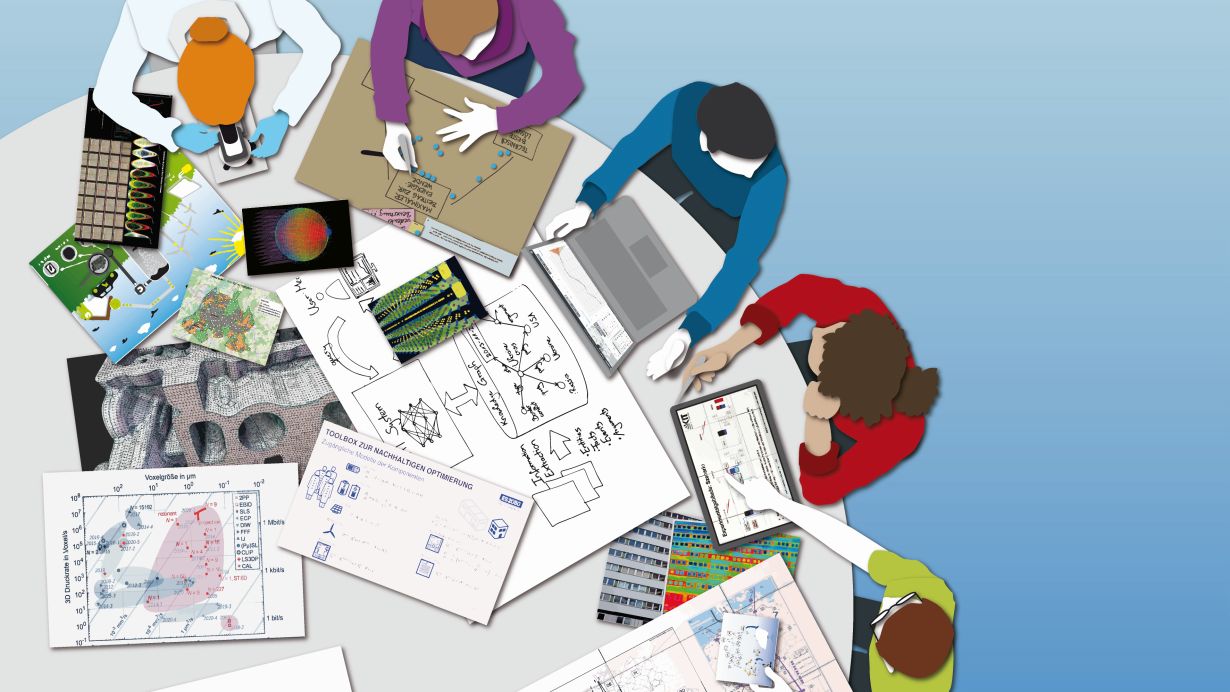
Digital technologies determine our everyday life. When designing technology, the focus lies on functionality. In view of climate change or social issues, however, needs and wishes of users are changing: Many persons consider a technical system that does not meet ecological or moral requirements a bad product. Hence, manufacturers have to go beyond the logics of functionality when developing technology. Researchers of Karlsruhe Institute of Technology (KIT) now want to demonstrate pathways of reflected technology development and design.
"We are developing tools and methods to better understand the digital revolution and to increasingly design it in the interest of users and society," says Dr. Bruno Gransche from KIT's Institute of Technology Futures. "Well thought out and conscious technology design, however, meets with the problem that developers often cannot foresee in which way people will actually use a technology," the philosopher says. This so-called multistability of technology leads to reutilization and misuse, but also to innovations.
Unforeseen Use of Products
As an example, Gransche mentions the use of autonomous cars: Developers actually intended and planned the reading of newspapers, watching of videos, or sleeping while driving from A to B. What they did not plan was the recording of sex videos while driving with the autopilot, as shown by a video clip that went viral in the social media a few years ago. And Elon Musk, CEO of Tesla, tweeted: "Turns out there's more ways to use Autopilot than we imagined - shoulda seen it coming." "Autonomous cars have many effects on road traffic that cannot even be imagined by central technology developers. The same applies to digital technology, AI systems, or language assistants," Gransche continues.
Better Foreseeing Potential Reutilization of Technology
"Whoever designs technology is not responsible for the relationship users actually have to it, but for the possibilities and potentials of utilization," the expert says. Gransche thinks that developers have to make potential decisions in advance that will not only determine the ways of using technologies, but also the resulting potentials for action. Whoever is aware of this complexity at an earlier stage, can develop responsible innovation strategies much better, consider the numerous needs of users more specifically, and shape societal change in a more anticipatory way. "For this, we want to provide them with a substantiated, but still usable basis," Gransche says. "Better understanding phenomena, such as multistability, may be of high value in this respect."
The project "Lebensformen in Digitalisierten Lebenswelten" (forms of live in digitized lifeworlds), LeDiLe for short, is part of the Integrated Research cluster that is funded by the Federal Ministry of Education and Research with EUR 2,75 million. Of these, KIT is granted EUR 550,000.






